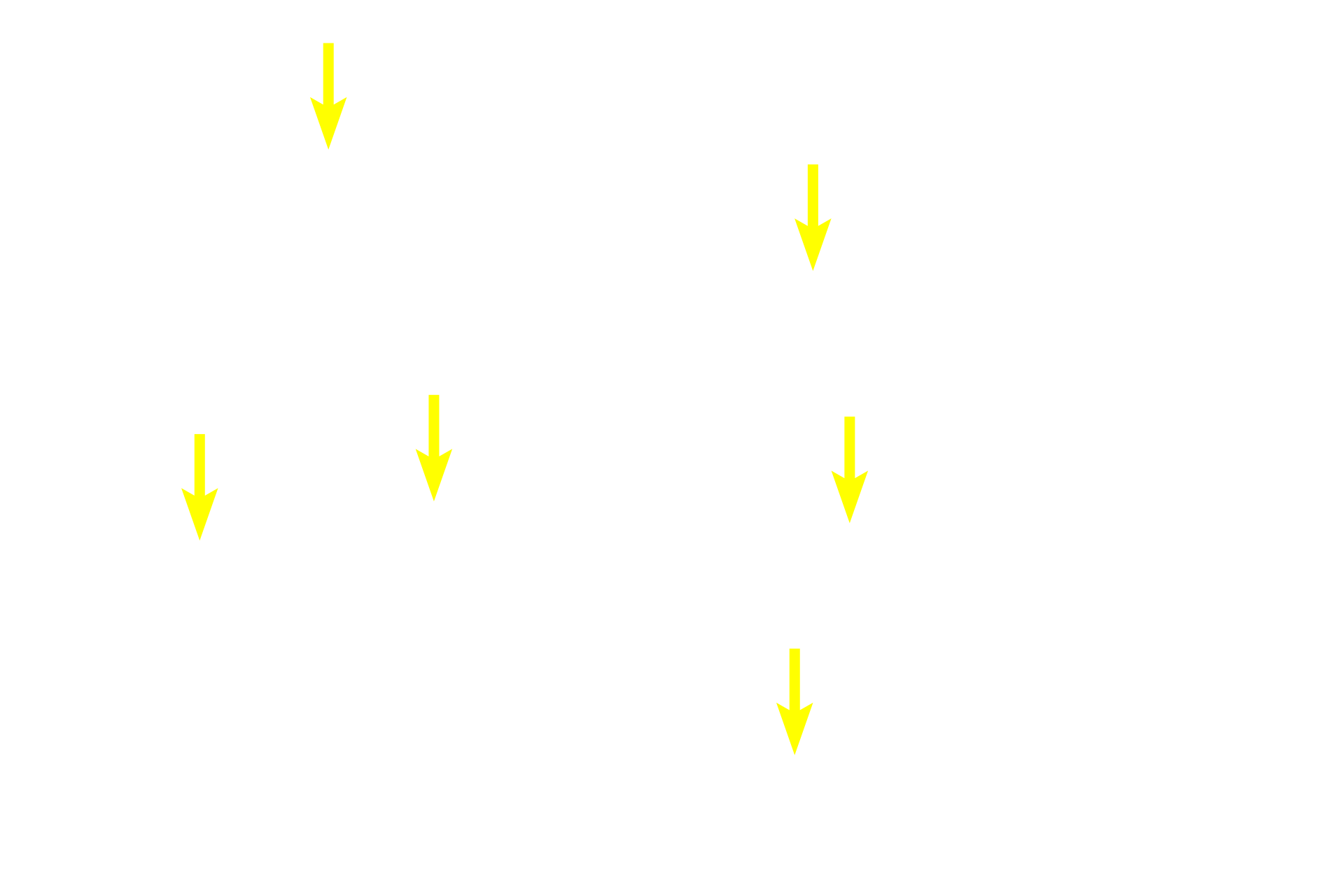
Thymus: medulla
Though primarily composed of epithelial reticular cells, other cells types are present in the medulla. One population of epithelial reticular cells forms Hassall’s corpuscles, also called thymic corpuscles. Hassall’s corpuscles occur only in the medulla. Epithelial reticular cells are arranged as concentric flattened cells around a core of keratinzed material that may degenerate or become calcified. The exact function of Hassall’s corpuscles is unknown. 1000x

Hassall's corpuscles
Though primarily composed of epithelial reticular cells, other cells types are present. One population of epithelial reticular cells forms Hassall’s corpuscles, also called thymic corpuscles. Hassall’s corpuscles occur only in the medulla. Epithelial reticular cells are arranged as concentric flattened cells around a core of keratinzed material that may degenerate or become calcified. The exact function of Hassall’s corpuscles is unknown. 1000x

Forming Hassall’s corpuscle
Though primarily composed of epithelial reticular cells, other cells types are present. One population of epithelial reticular cells forms Hassall’s corpuscles, also called thymic corpuscles. Hassall’s corpuscles occur only in the medulla. Epithelial reticular cells are arranged as concentric flattened cells around a core of keratinzed material that may degenerate or become calcified. The exact function of Hassall’s corpuscles is unknown. 1000x

Keratohyalin granules >
Within Hassall’s corpuscles, epithelial reticular cells clearly demonstrated basophilic keratohyalin granules and strongly eosinophilic keratin filaments. There may also be evidence of keratinization similar to that seen in the epidermis of the skin, reflecting the epithelial origin of these cells.

Keratin filaments
Within Hassall’s corpuscles, epithelial reticular cells clearly demonstrate basophilic keratohyalin granules and strongly eosinophilic keratin filaments. There may also be evidence of keratinization similar to that seen in the epidermis of the skin, reflecting the epithelial origin of these cells.

Epithelial reticular cells >
Epithelial reticular cells have large, very euchromatic nuclei that closely resemble the nuclei of other epithelial reticular cells in the parenchyma of the medulla and cortex.